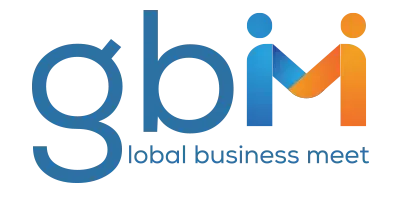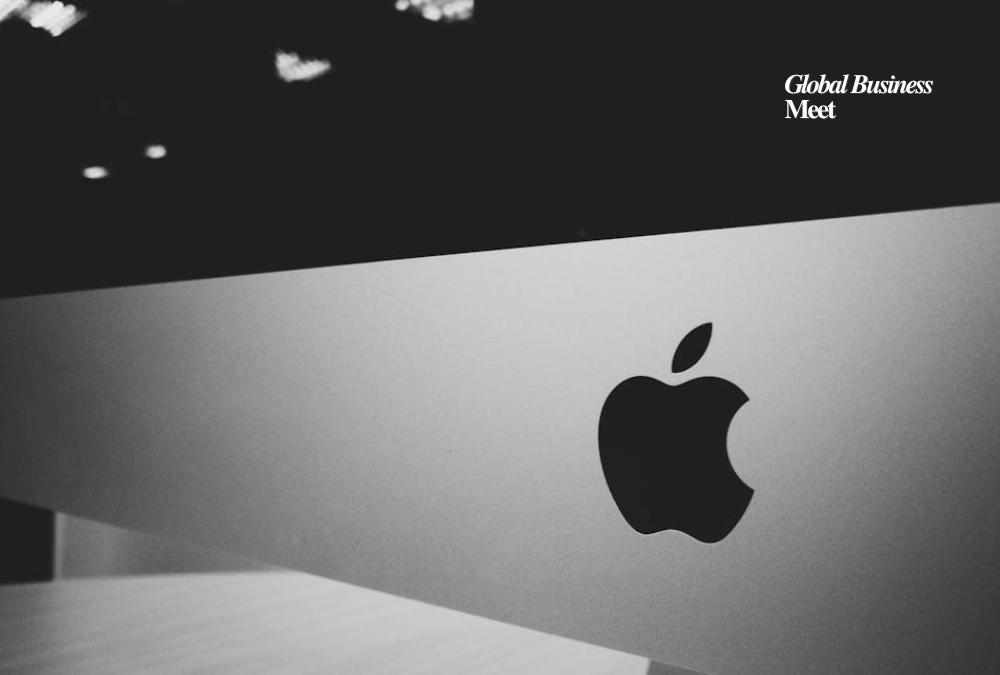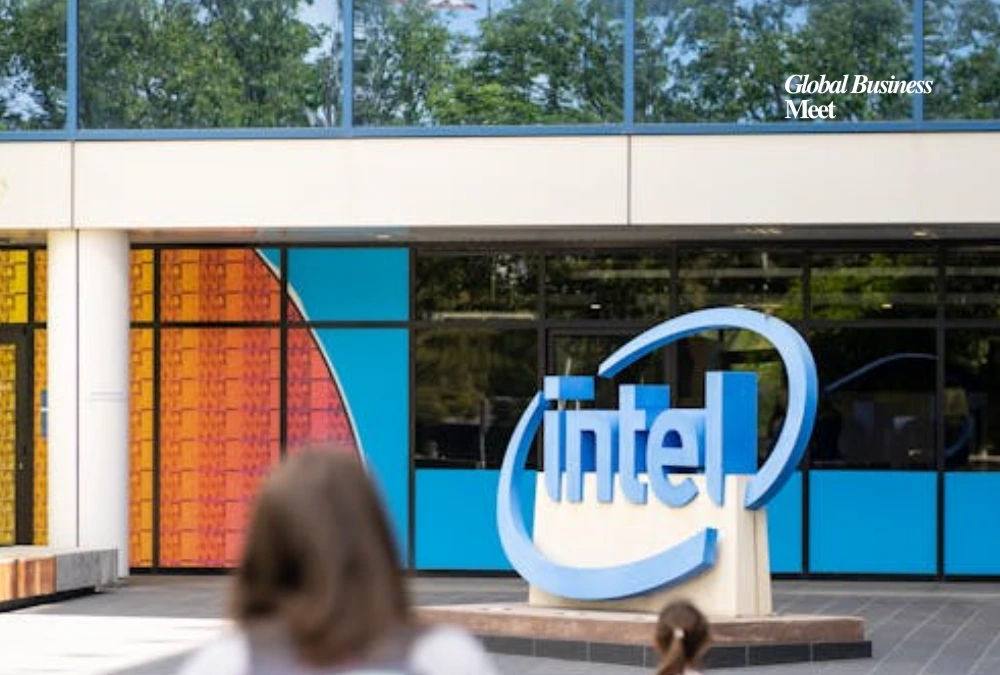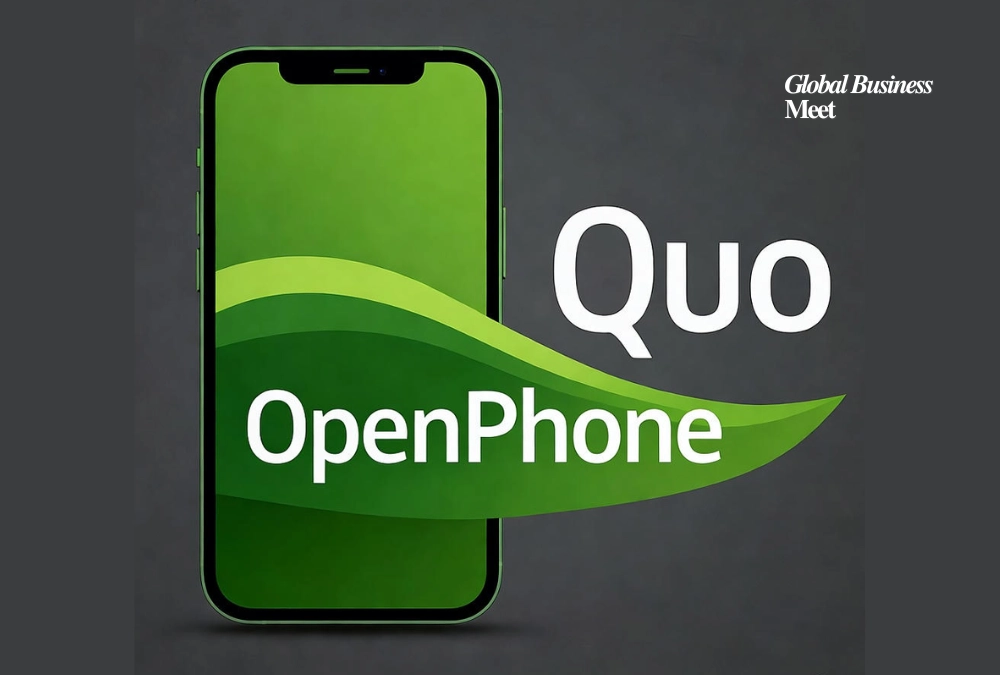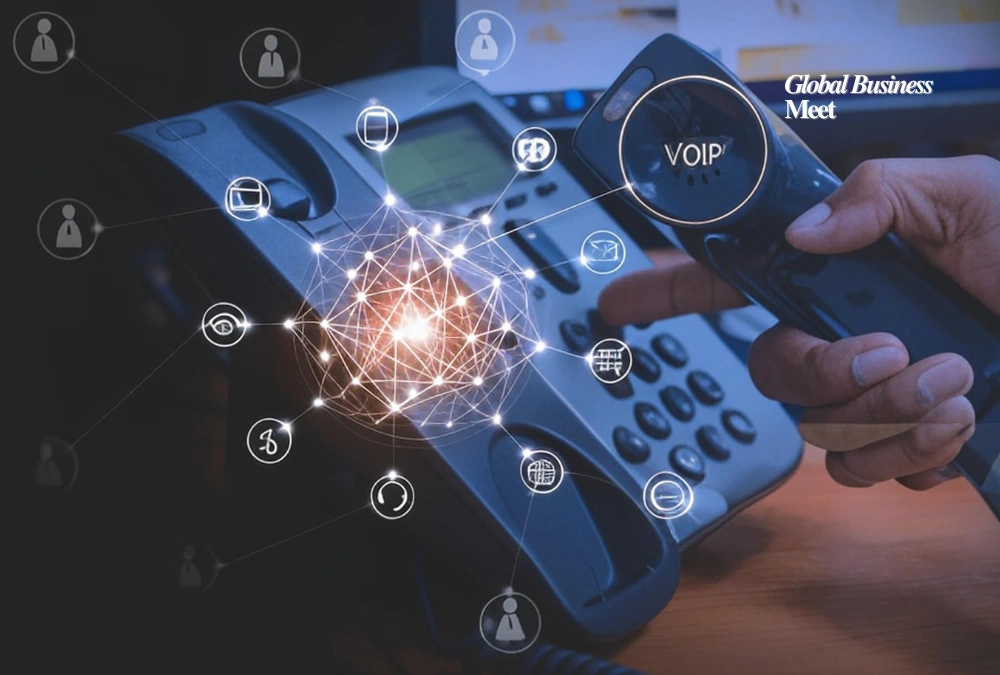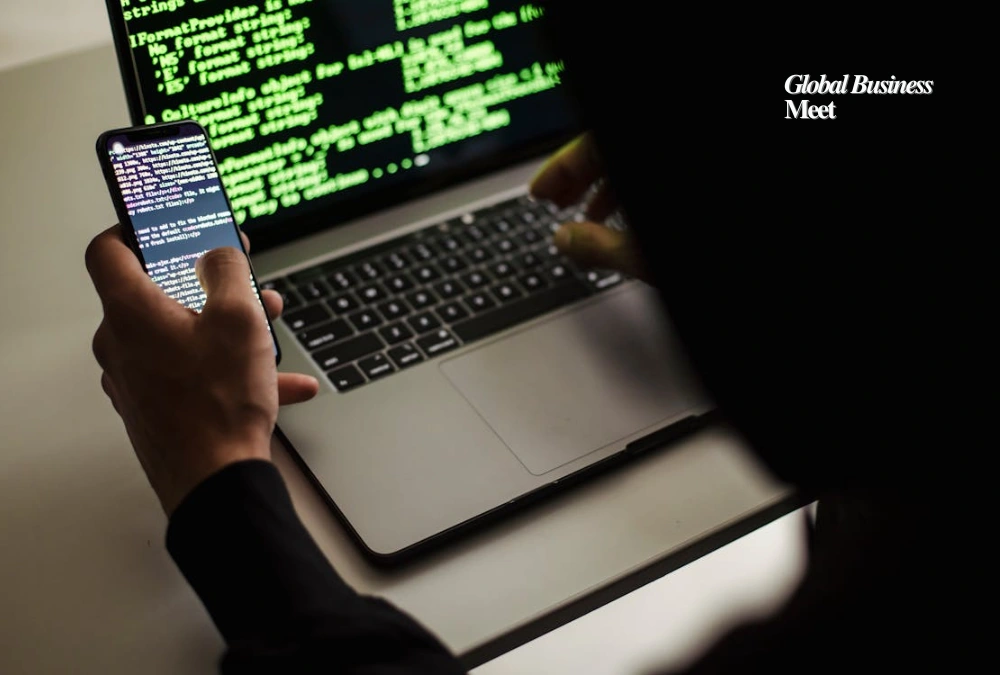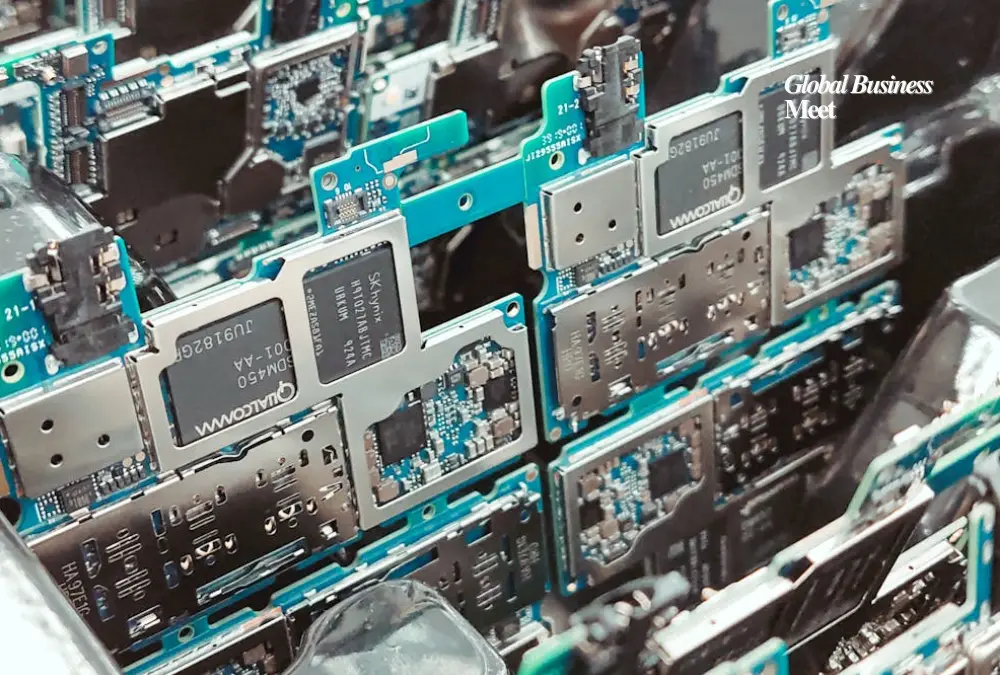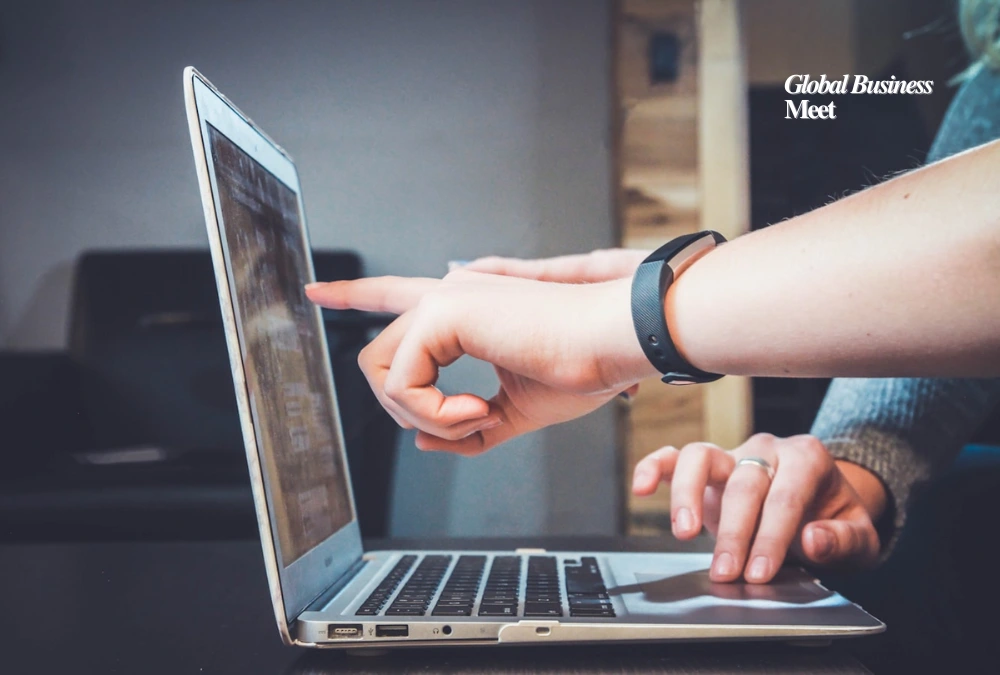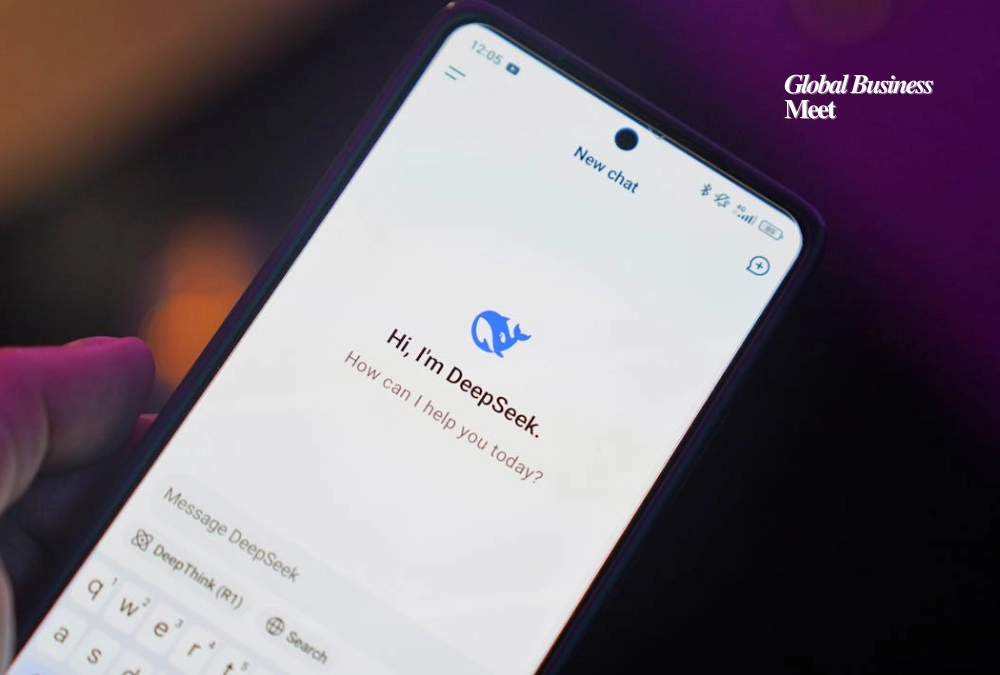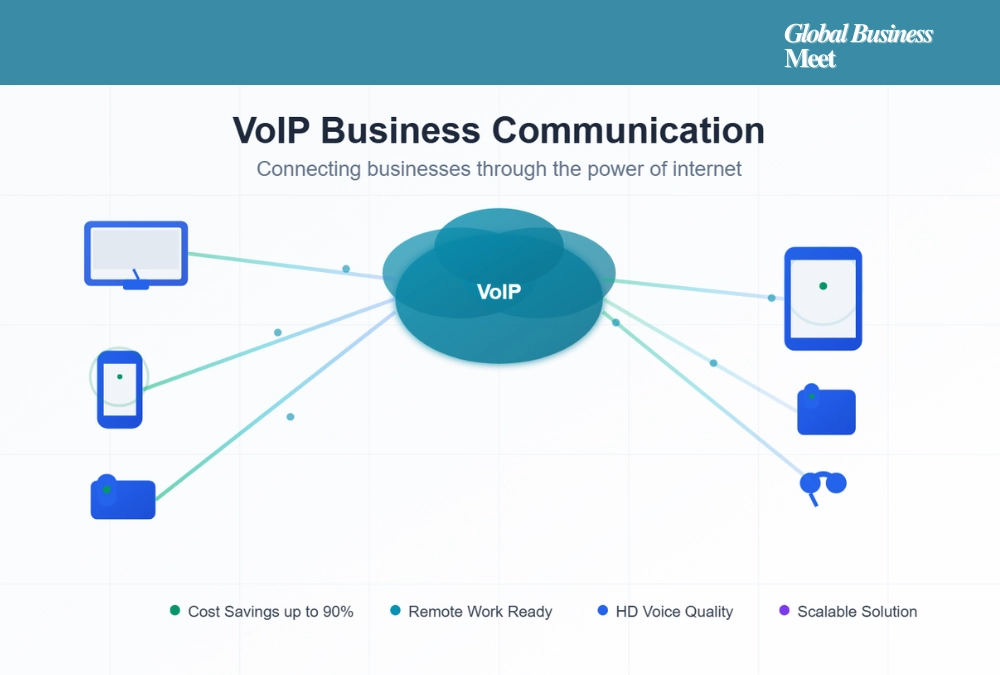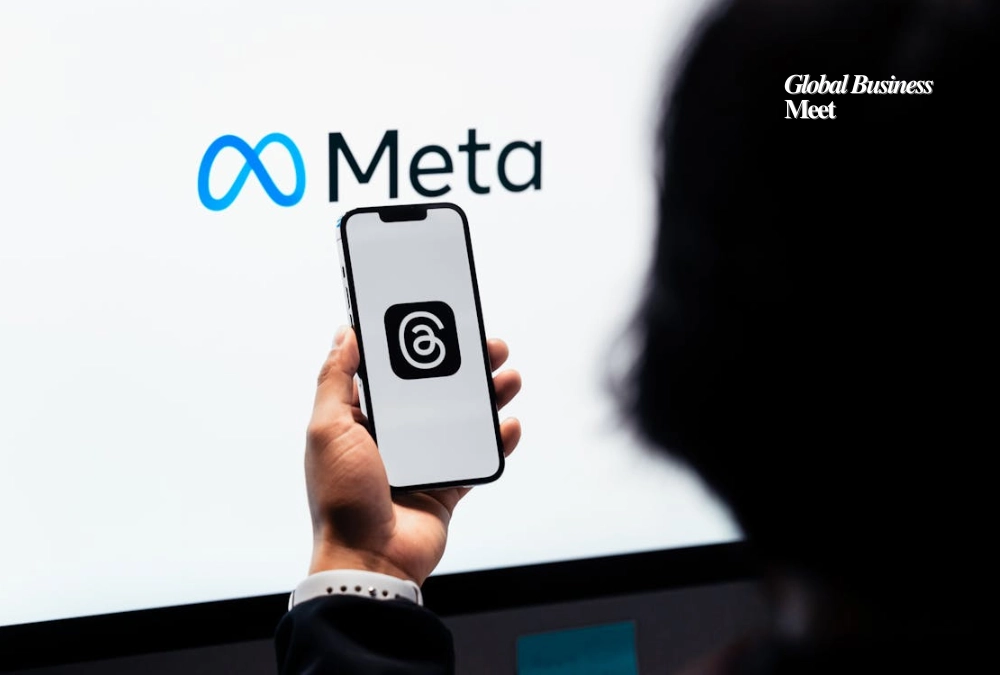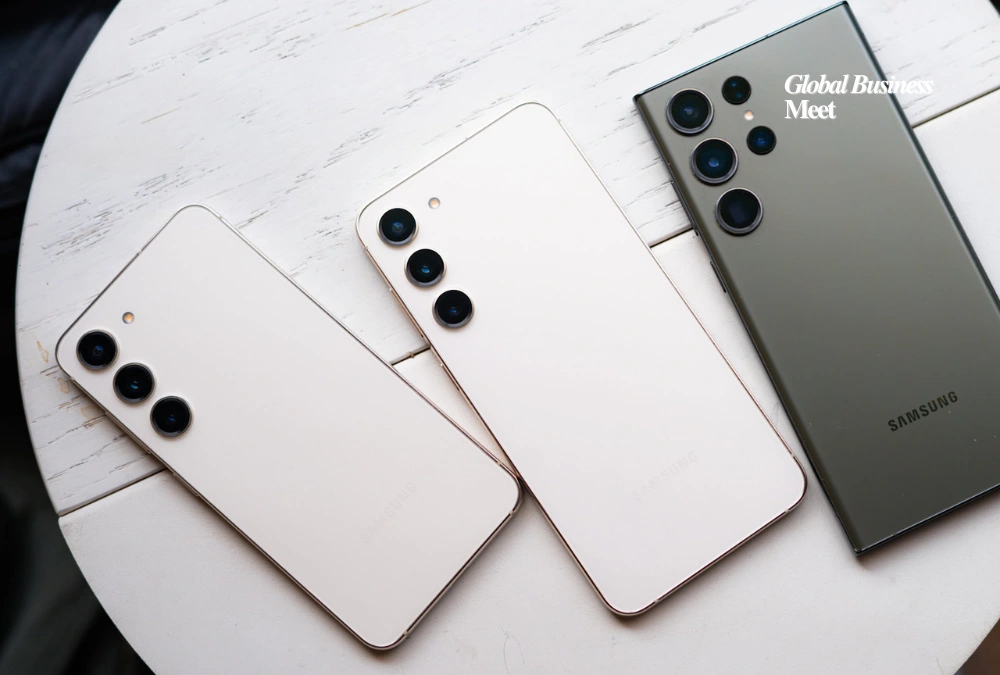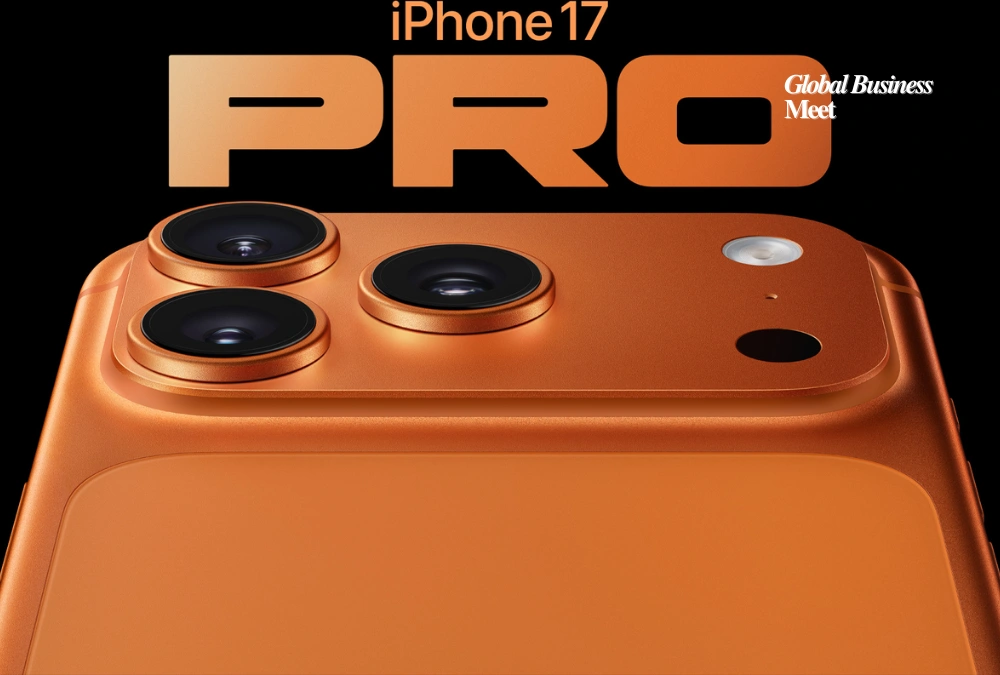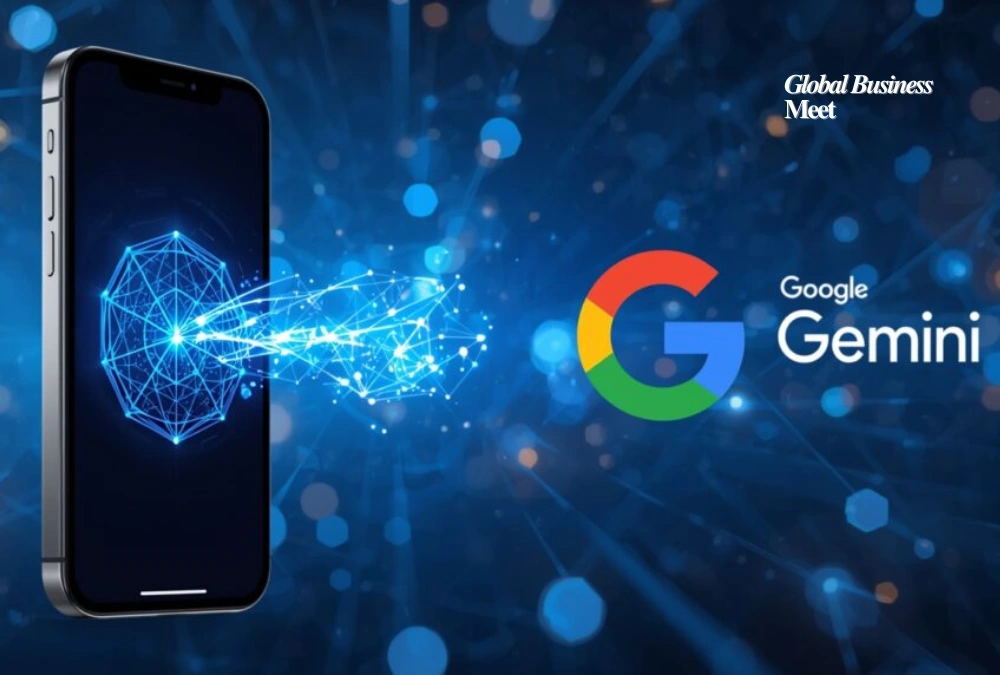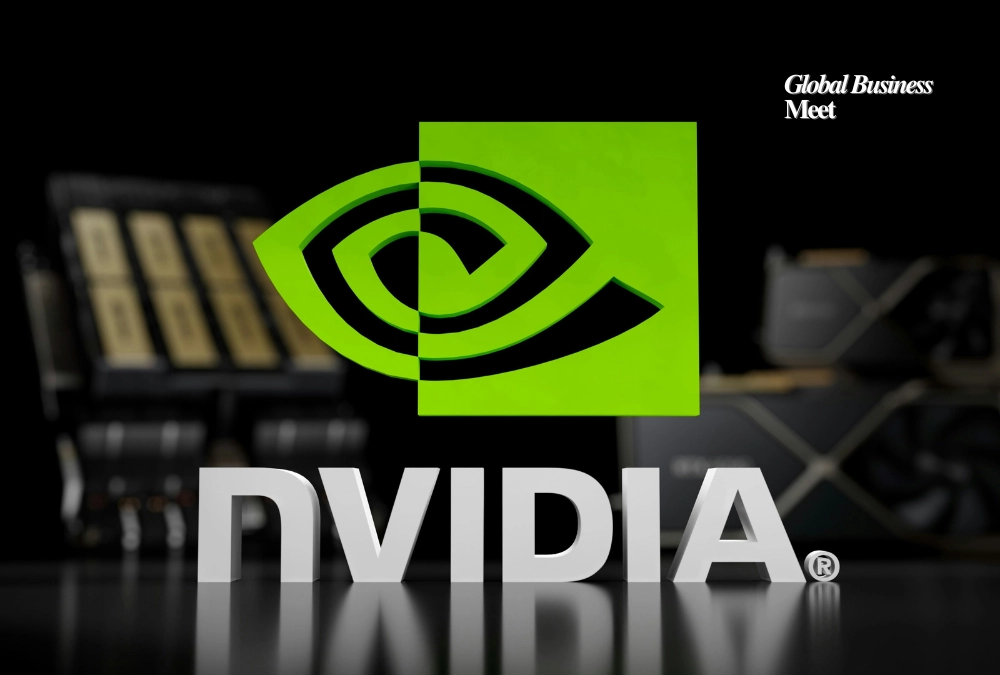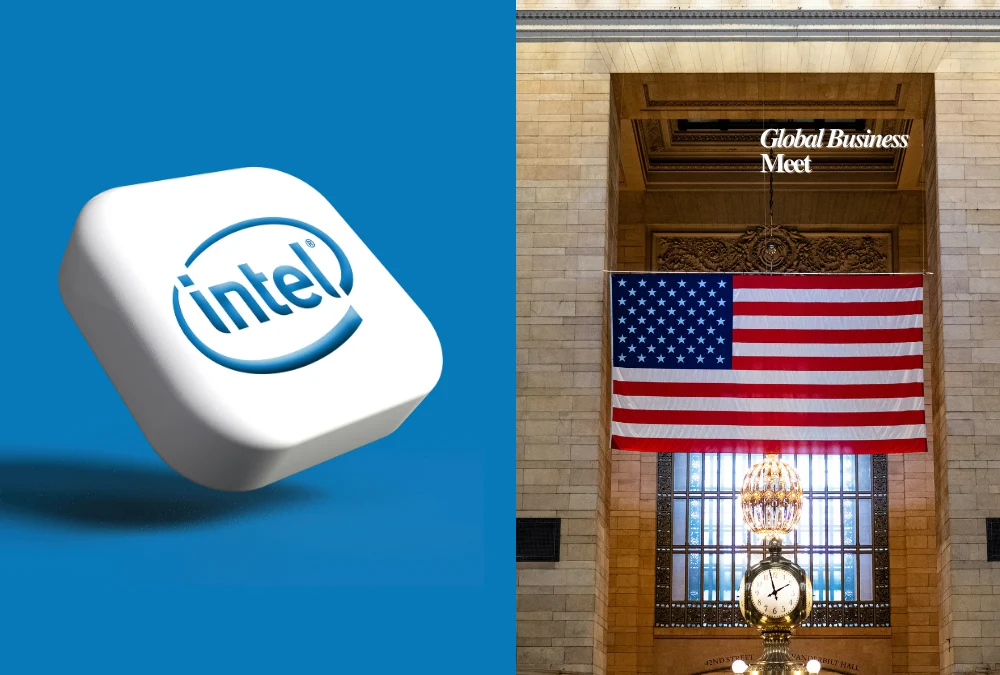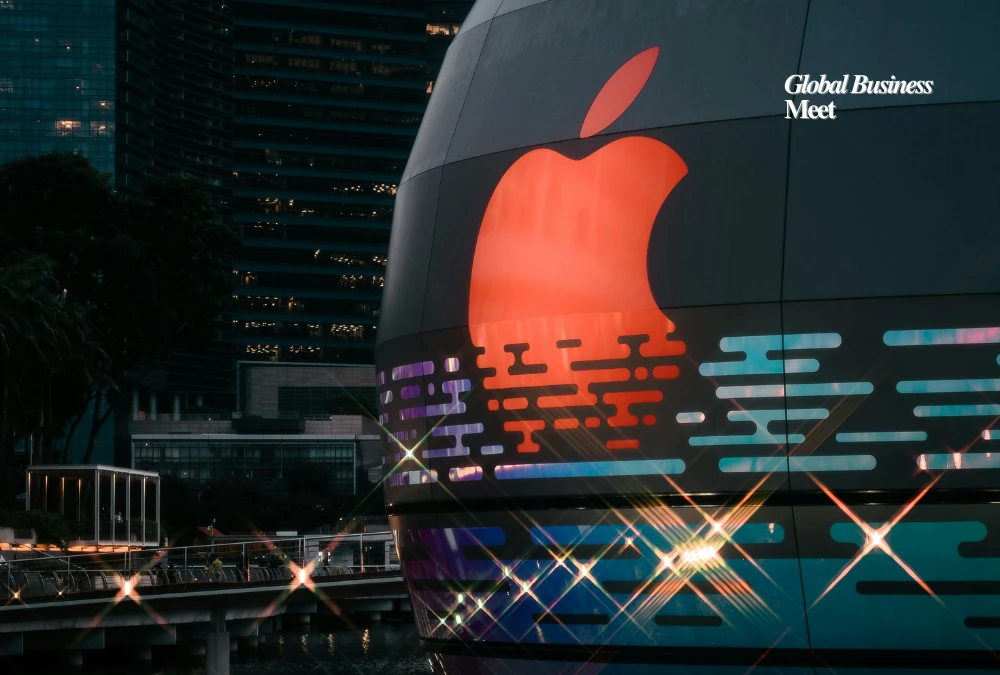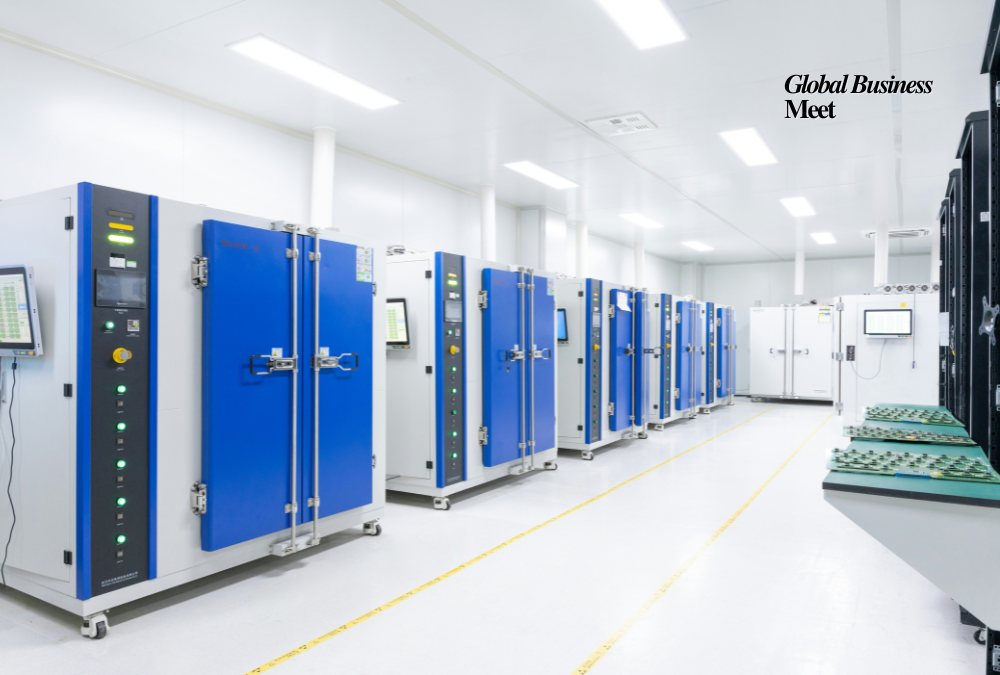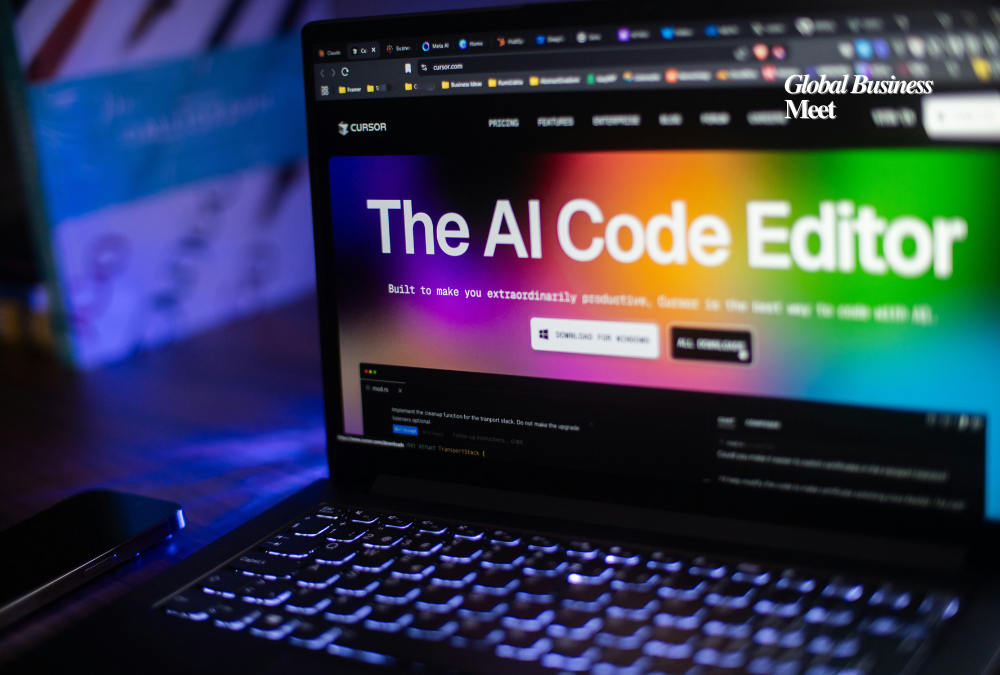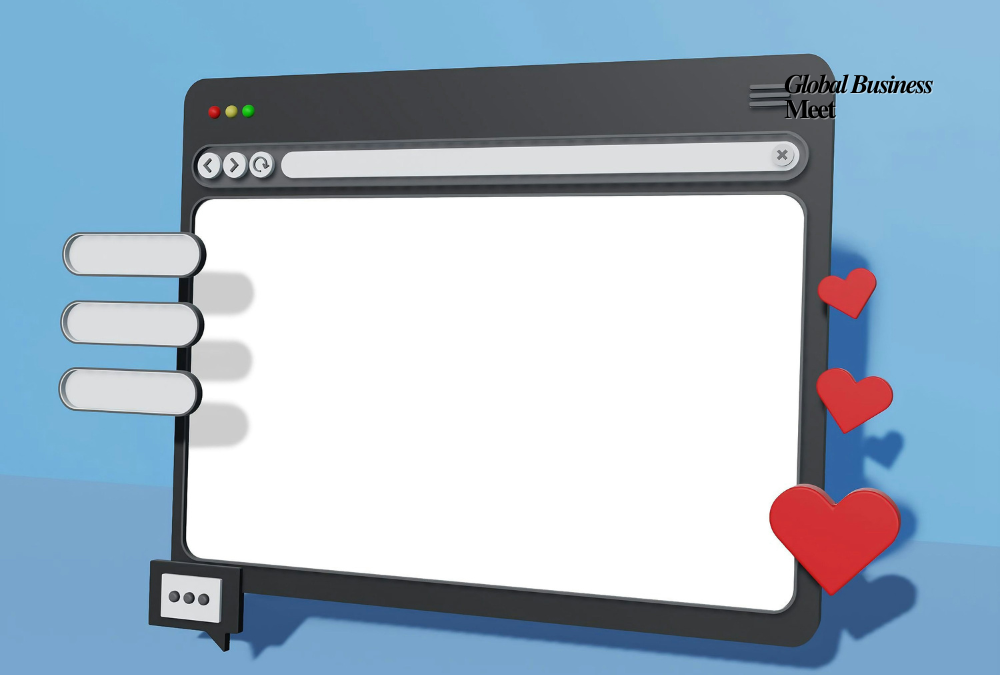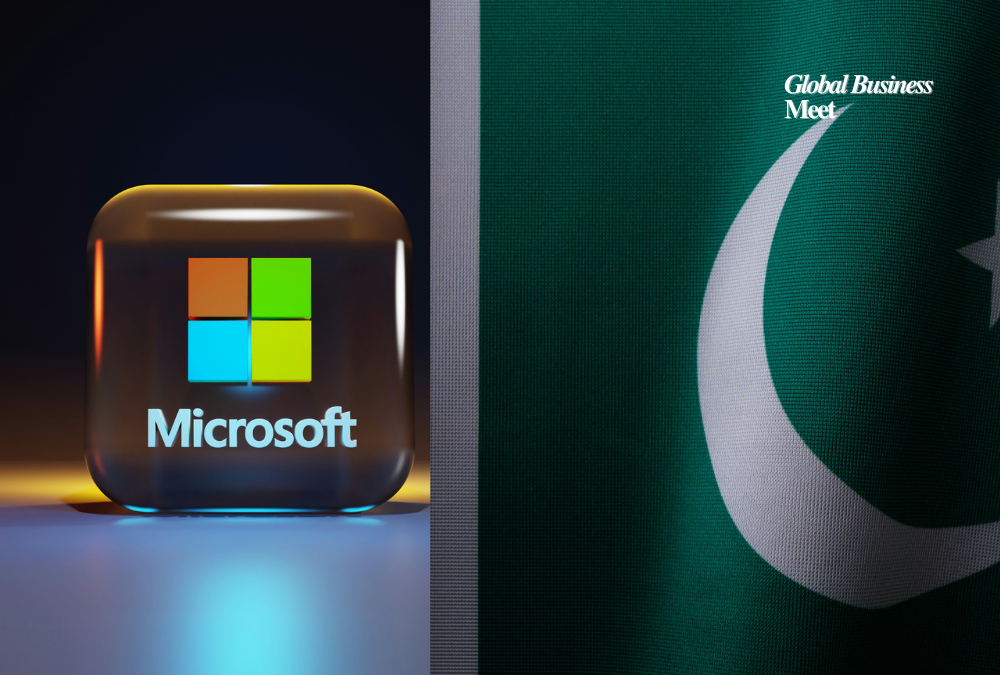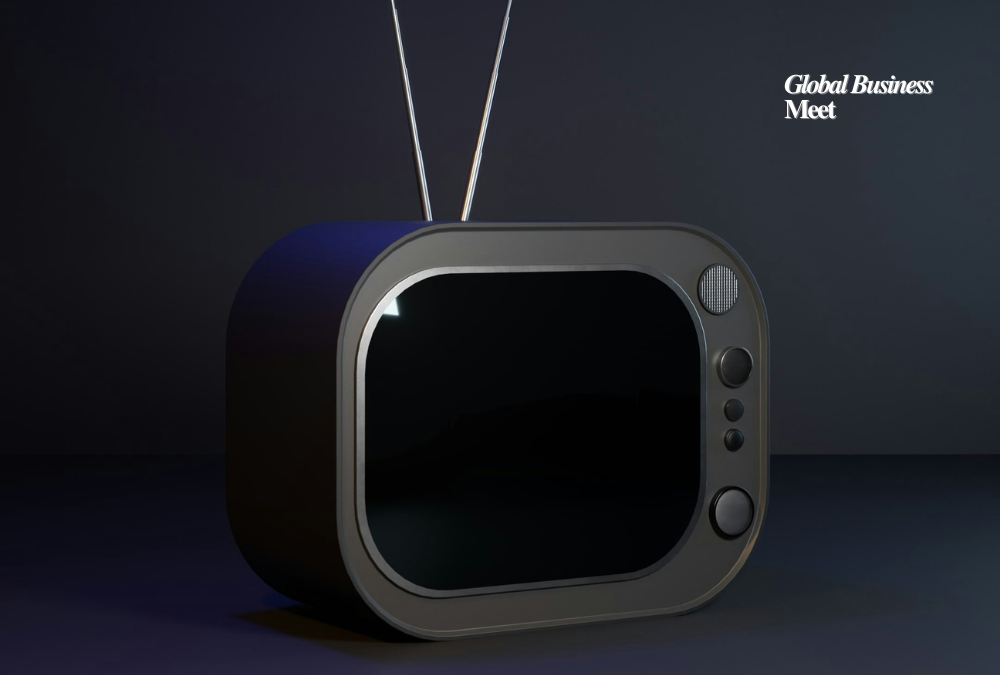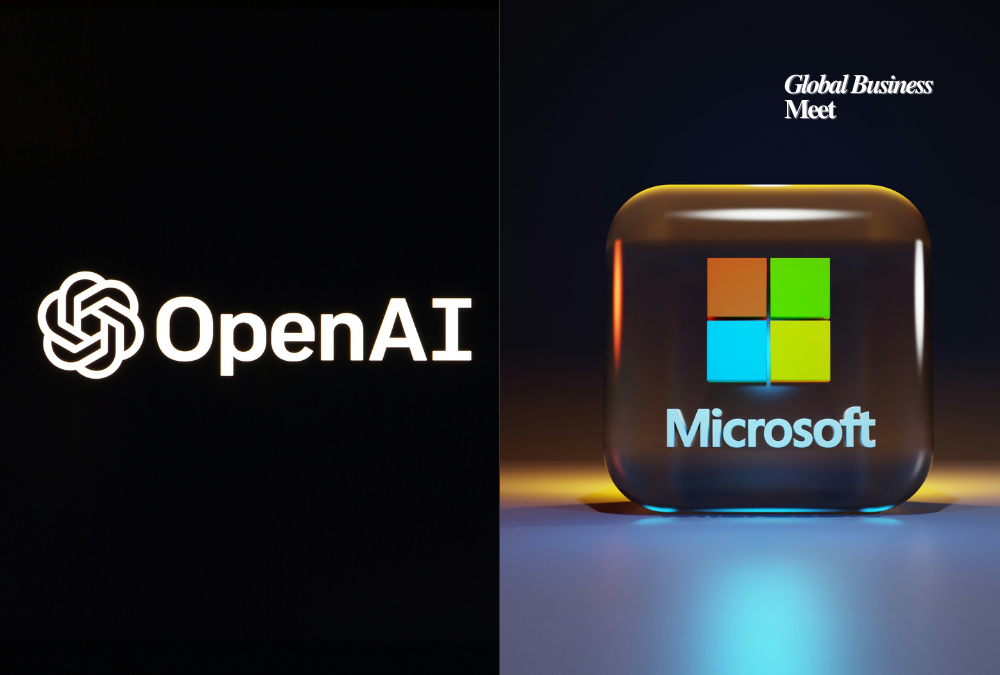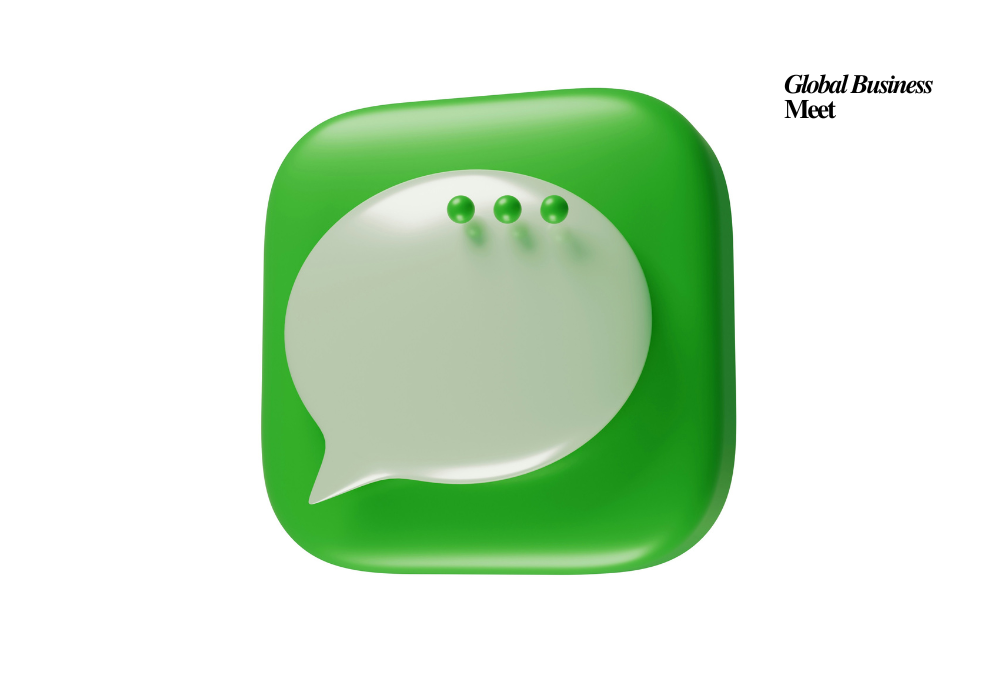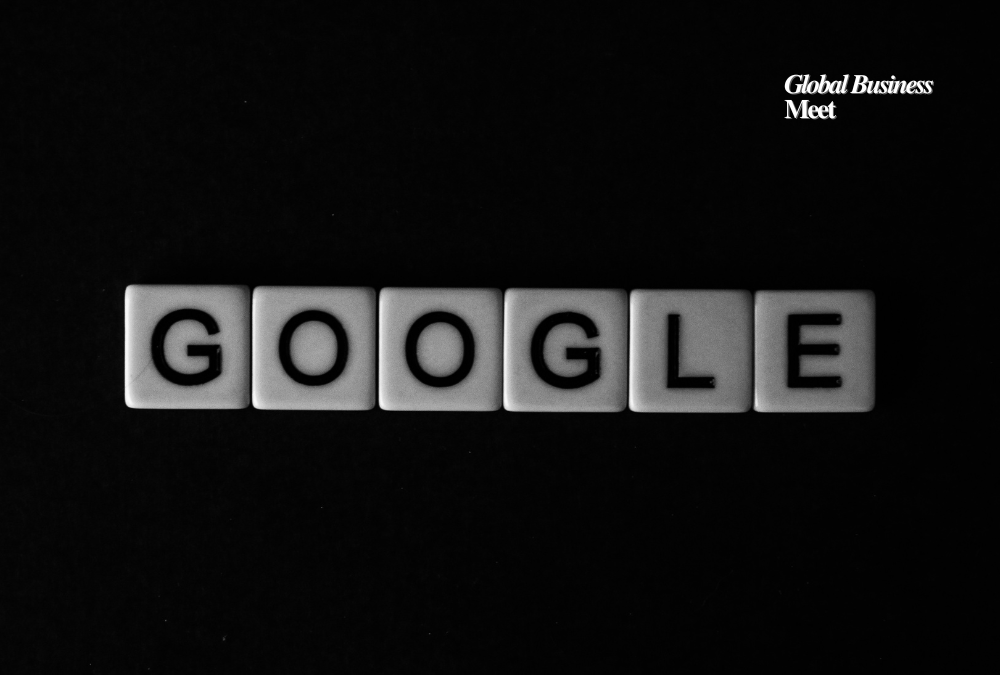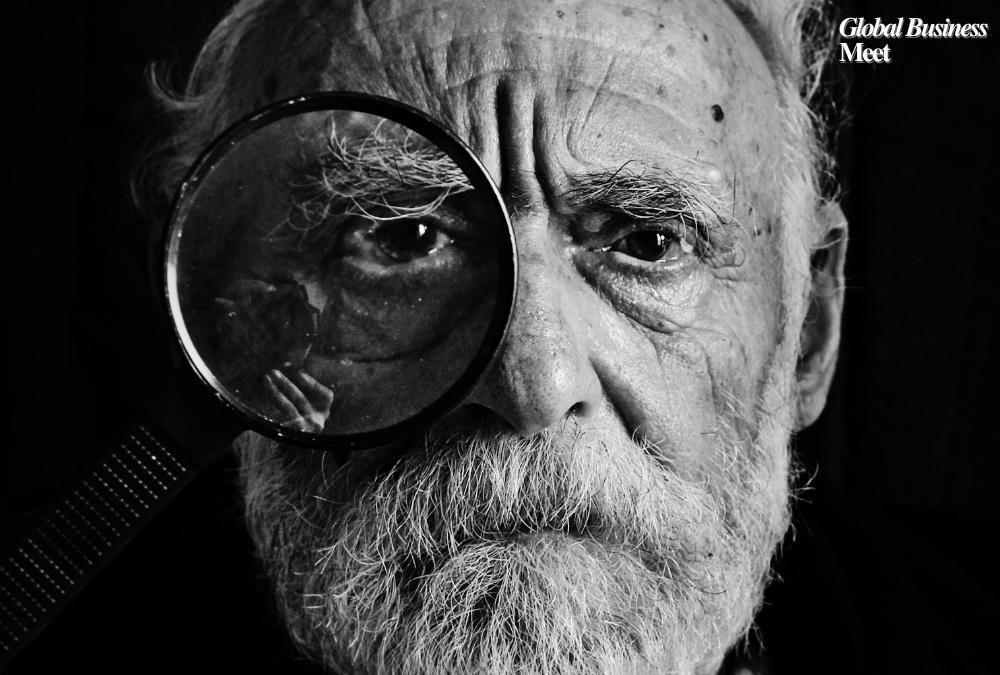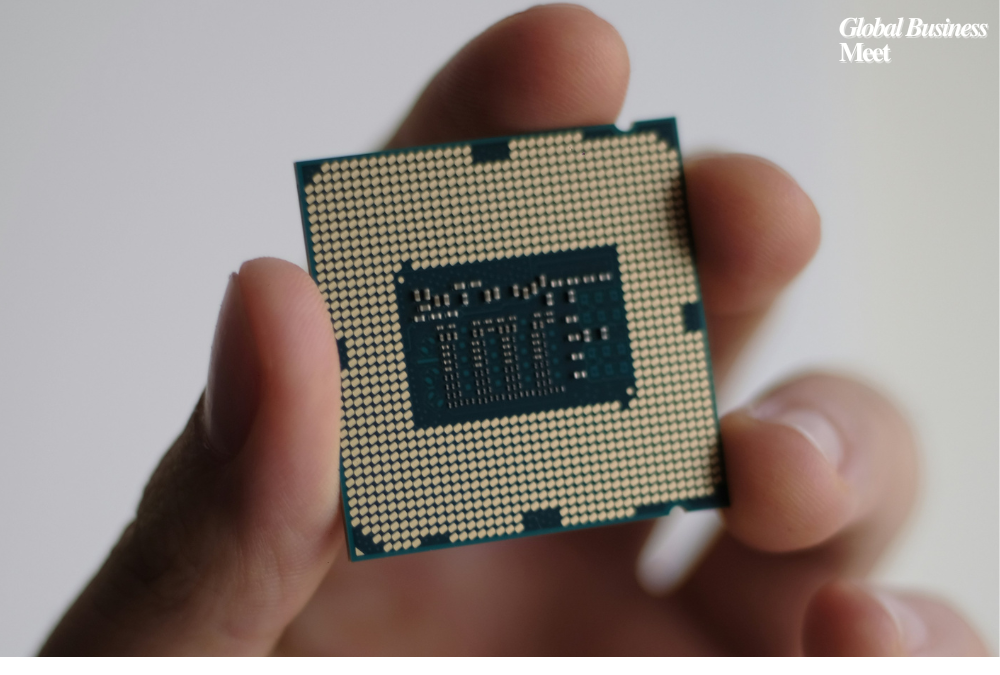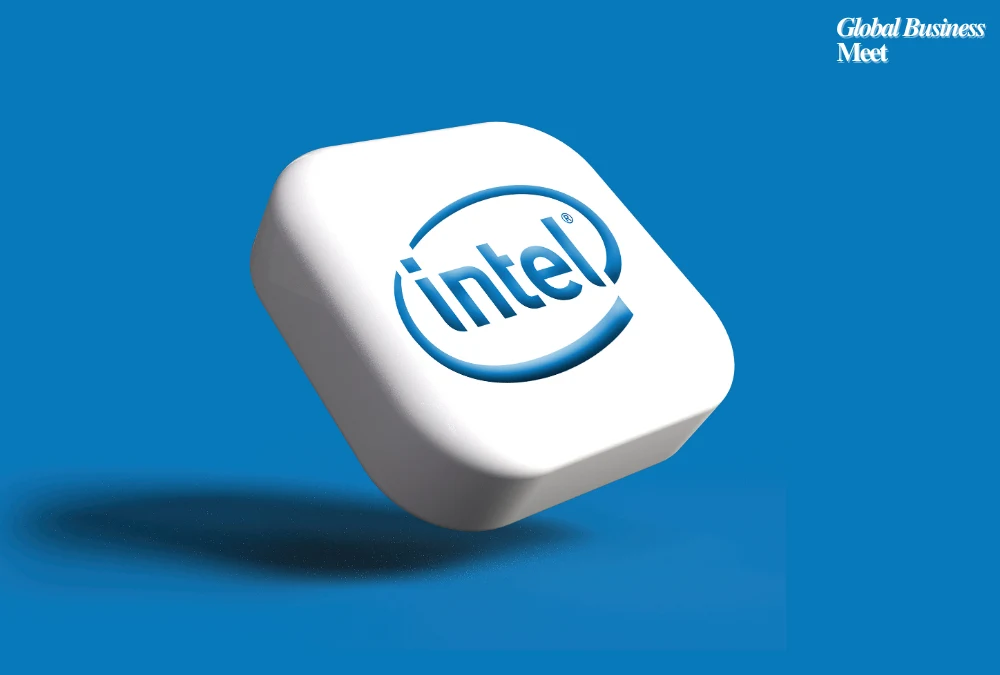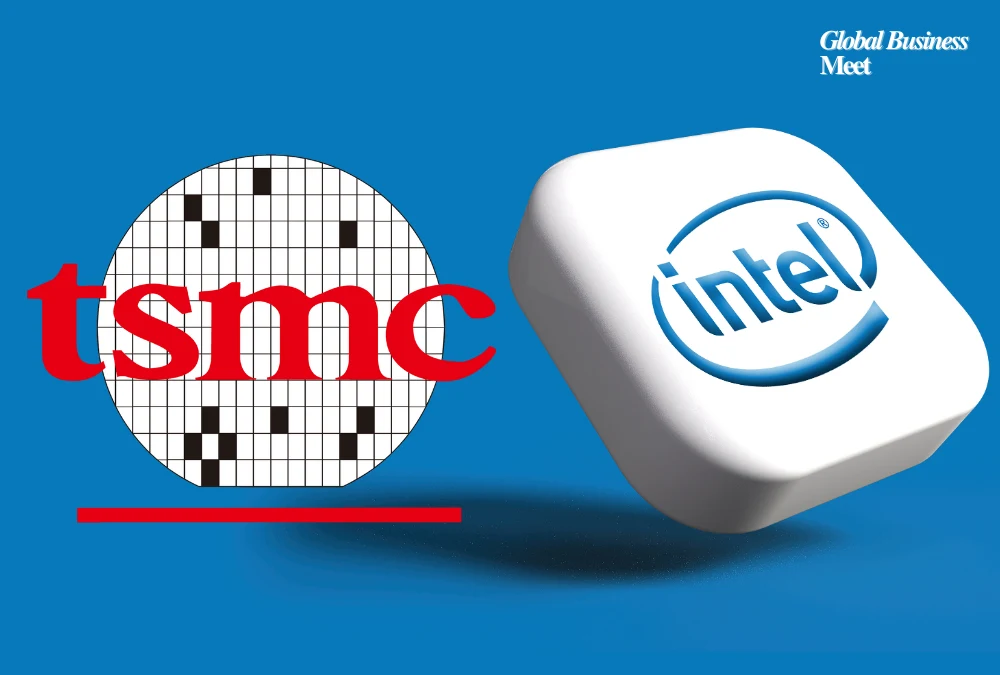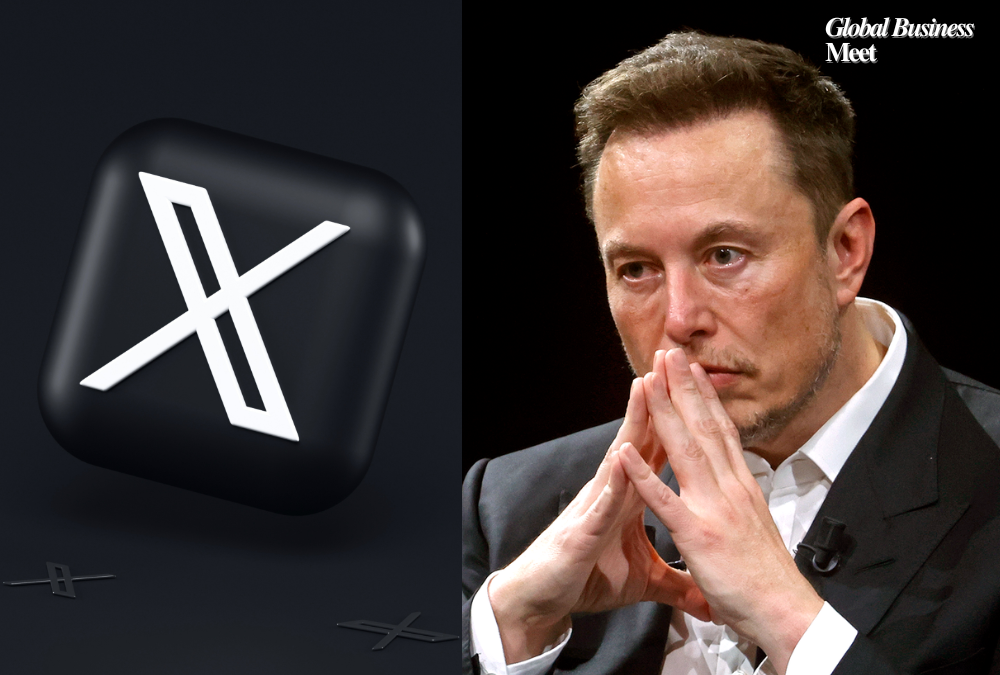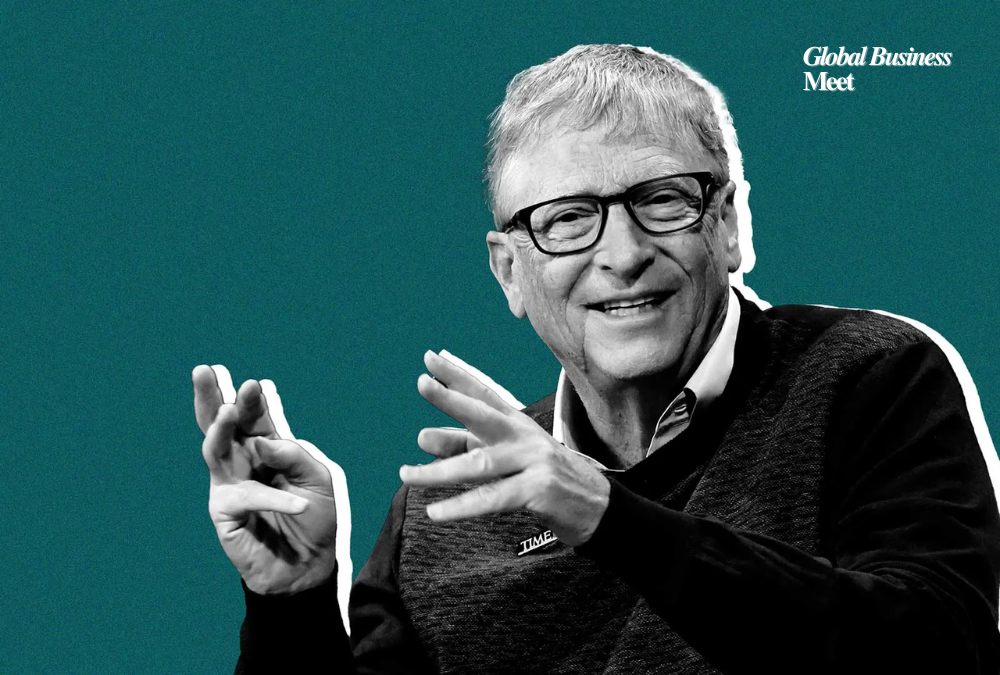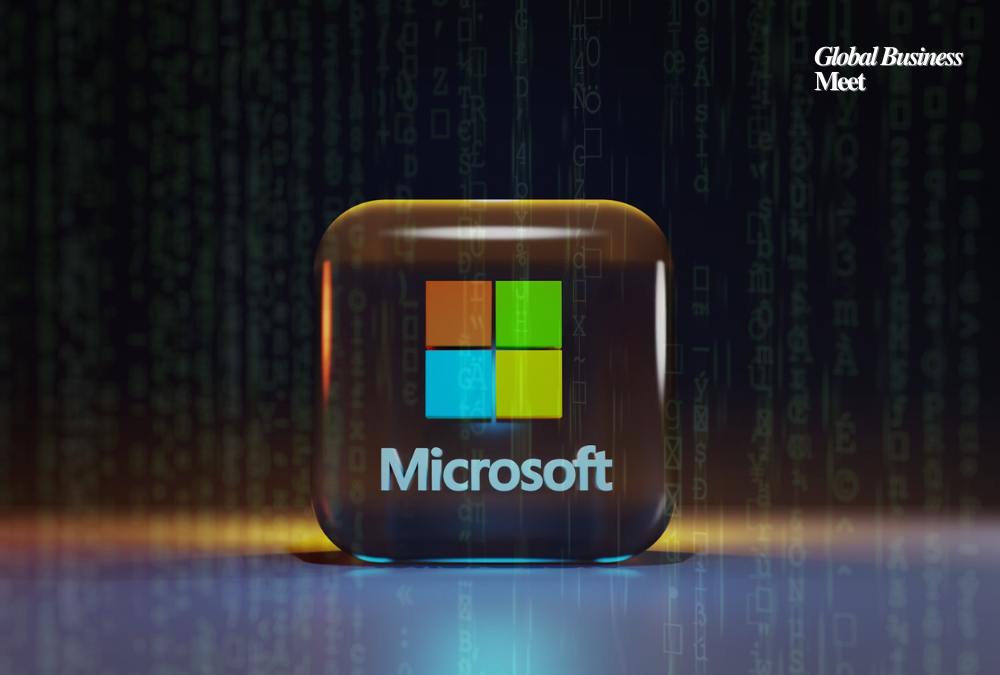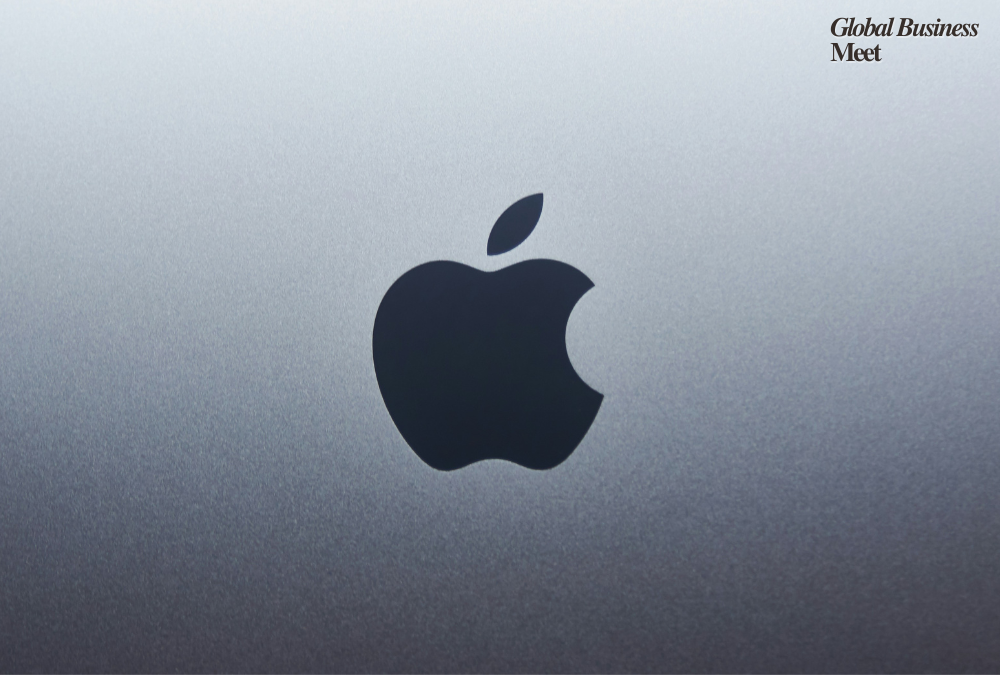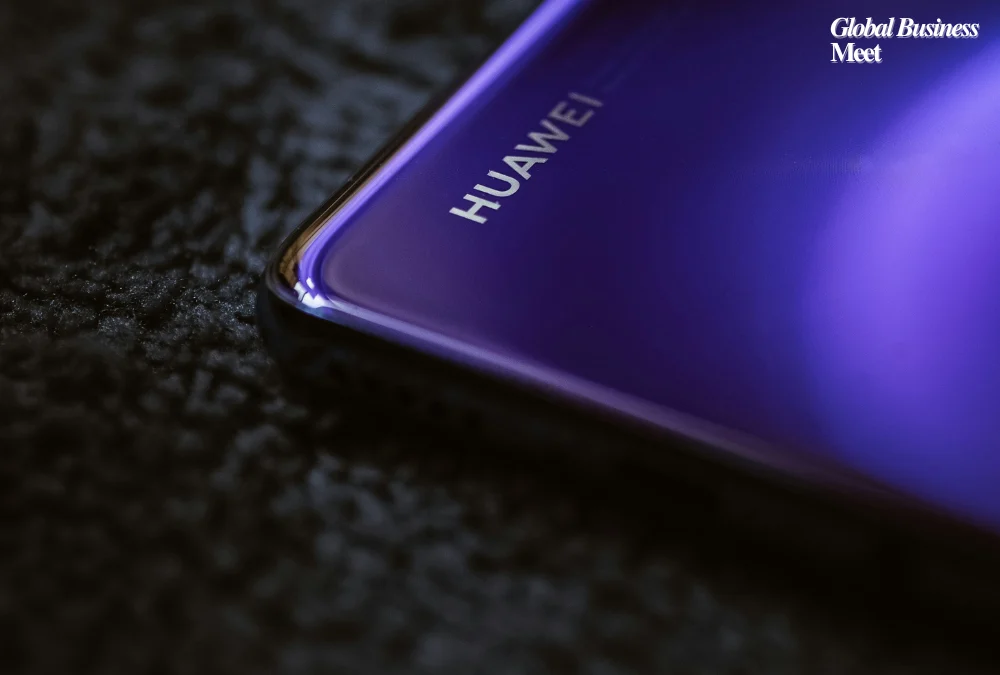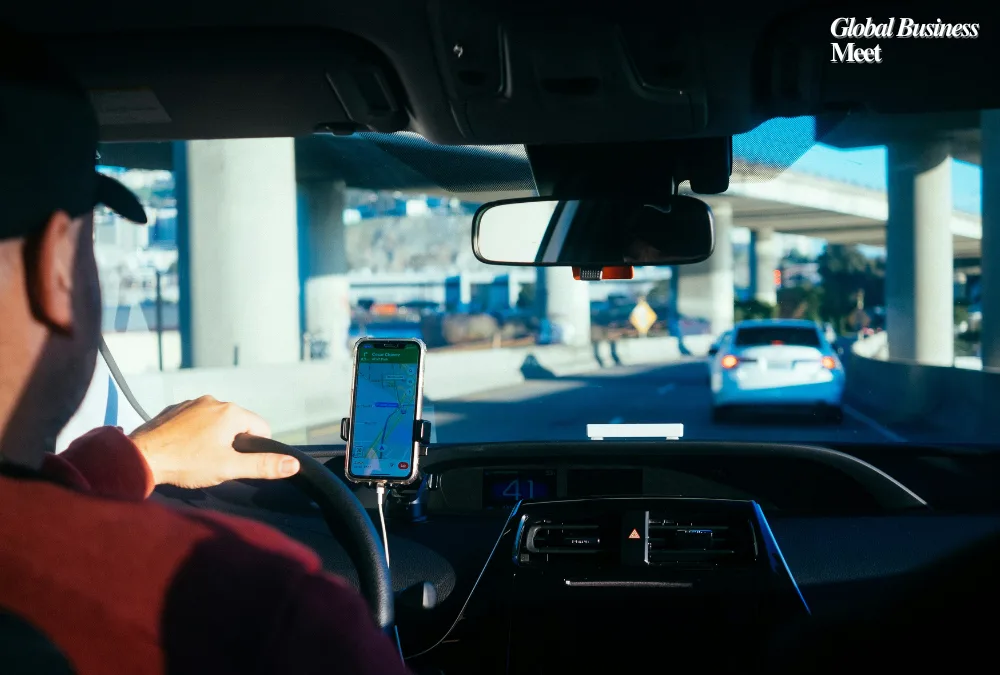
Apple is venturing into a new territory of brain-computer interface (BCI) space and developing a revolutionary technology that will let people control iPhones and iPads with just brain signals. This strategic move, therefore, places Apple among other groundbreakers of the neurotechnology realm, like of Elon Musk with his Neuralink, but with a unique angle that seeks non-intrusive and affordable solutions.
The tech giant is teaming up with the U.S.-based startup that works at the BCI technologies – Synchron. Synchron specializes in its Stentrode product, a stent-like implant that is implanted into a blood vessel, close to the motor cortex of a human brain. Synchron’s technology, unlike Neuralink’s, which exploits invasive surgical procedures to implant chips right into the brain matter, is not invasive. It is based on 16 electrodes that recognize and transfer the brain activity so that the users can control devices with their minds only.
Inclusivity in addition to innovation are Apple’s priorities when it comes to this technology. The initial introduction of the virtual rehabilitation is likely to benefit the most people with severe motor impairments such as individuals with spinal cord injuries and patients with neurodegenerative diseases, including ALS, (amyotrophic lateral sclerosis). Tim Cook, the CEO of Apple, has touched upon the company’s history of serving people with disabilities, saying, “At Apple, accessibility is part of our DNA”. “Making technology for everybody is a priority for all of us”.
By deciding to collaborate with a non-invasive BCI platform, by this fact Apple states something very clear. the human interaction with device in the future need not always lead to complex surgery. Rather, there is an emphasis on the safety of the user, workability in the real world, and moral development. It is known that Apple has only a privacy-first approach to design, and any BCI solution that it creates will most likely be held to the same high practical standards.
Although Neuralink has created a buzz with its futuristic high-resolution brain technology the strategy offered by Apple appears more realistic in the short-term. Synchron’s device has already received the clinical trials approval in the U.S and is seen to be effective in the patients, e.g. successful use for patients to send text messages and surf through the internet.
This is an opening of major opportunities in future for assistive technology and even wider consumer applications. It may result in hands-free device control, an improved communication for those with disabilities and new ways of human interaction with machines.
As Apple keeps ironing out this innovation, people only wait with bated breath for the next chapter in tech-based accessibility.
